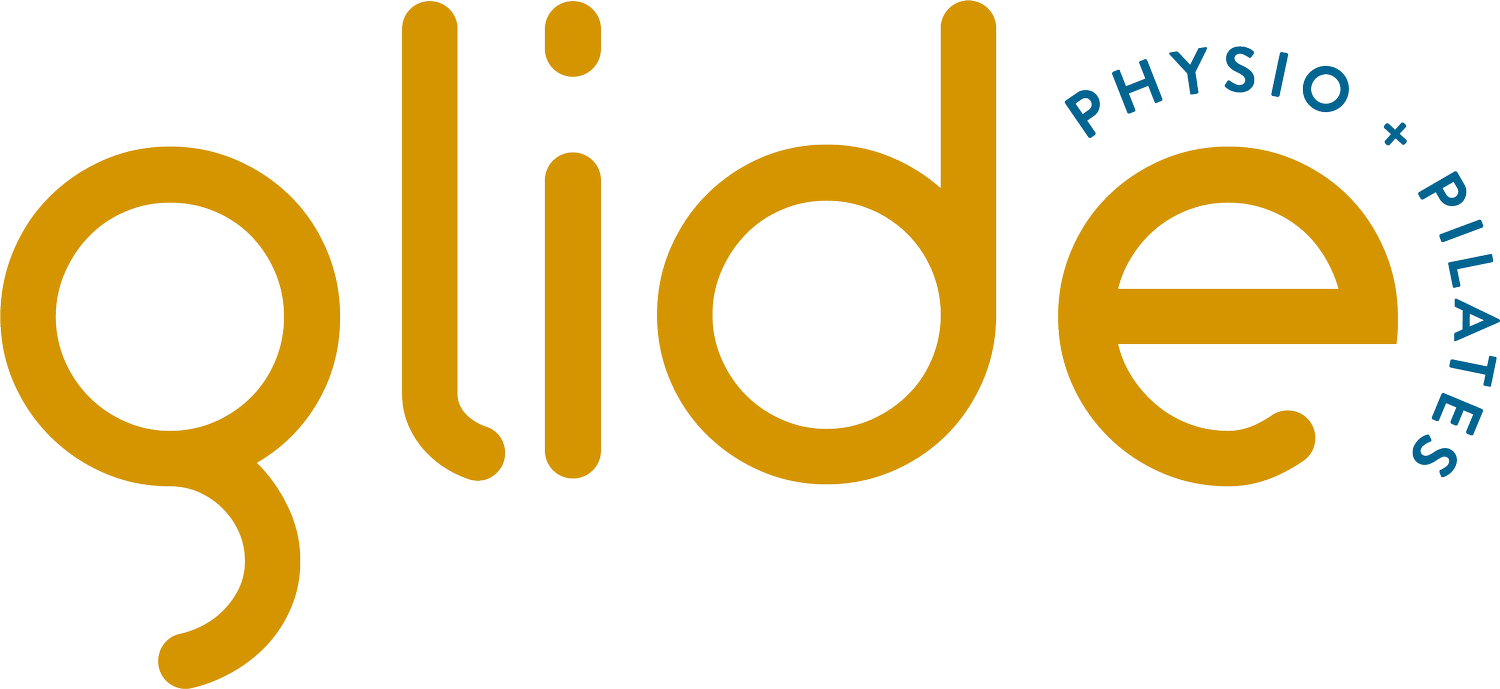WOMEN’S PELVIC HEALTH SERIES
We’ve joined forces with Aleenta Health Club and their super brilliant writer Ellie Crozier, to bring you crystal clear info on common pelvic health changes, challenges and conditions. Here’s the first instalment!
Women’s Pelvic Health Series intro
WHAT IS PELVIC HEALTH
Understanding what's going on “down there” ups your awareness of how exercise and lifestyle choices impact your pelvic health. All exercise has some impact on your pelvic health – some beneficial and some harmful, depending on your unique physiology.
Certain conditions or life stages can increase your risk of developing pelvic health problems.
We want to help you understand your pelvis so you know what is normal and healthy, and when you might need to adjust what you're doing and get professional advice.
This series includes info on:
Pelvic health; its relationship with exercise
Anatomy and physiology: how being curious about your biomechanics helps you get the most out of exercise
When something is weird: how finding help for pelvic health issues (although it can feel tricky) can enhance your overall health
Work with what you got: managing common issues through different seasons of life and/or chronic conditions
If you’re reading this, you probably have a pelvis.
Often known as the “hip” bones, this basin-shaped structure is more complex than you think.
Your muscles and organs are intricately linked with the chemical (hormone) changes your body cycles through daily, monthly and beyond. This impacts your energy levels, organ function, physical fitness and psychological well being, every day.
Common Pelvic Health life-cycle changes, issues and conditions include (and are by no means limited to):
conception and pregnancy
menopause
pain during sex and/or low libido
general pelvic pain, discomfort or heaviness
pelvic organ incontinence and/or prolapse
aches or stabbing pain during your period
heavy and/or irregular bleeding
polycystic ovaries
overactive or weak pelvic floor muscles
constipation, irritable bowel, and/or nausea
issues with urination
endometriosis and adenomyosis
chronic tension, strain and pain in joints and connective tissue
How do situations like menopause or constipation connect to your “pelvic health”?
One thing you’ll notice is that we describe the body in compartments so that we’re all clear about what’s being discussed, but your body’s chemical, digestive, filtration and reproductive systems are intimately connected by nerves, fluid, fascia and muscles!
Big changes to your reproductive cycle like menopause or ongoing intestinal issues affect organs housed within your pelvis, which has a flow-on effect through the whole pelvic region.
I want to look into my pelvic health issues – where do I start?
Are you ready to control your own health, put your mind at ease and feel better? Book a consult or assessment with Ellie Parnell here
Whether you're navigating motherhood, reducing incontinence, experiencing changes during menopause, or simply want to prioritise your pelvic health, a physiotherapist can:
investigate your symptoms / assess your strength with methods including ultrasound
help you manage symptoms & treat conditions (or refer you on the relevant practice, including radiology & GP) through a range of techniques, including massage, mobilisation, dry needling, lifestyle advice, targeted exercises, and clinical Pilates
support your goals to stay fit, strong and healthy
NEXT UP
Pelvic Health: Anatomy & Physiology
Pelvic Health: Which muscles do I really need to know about?

